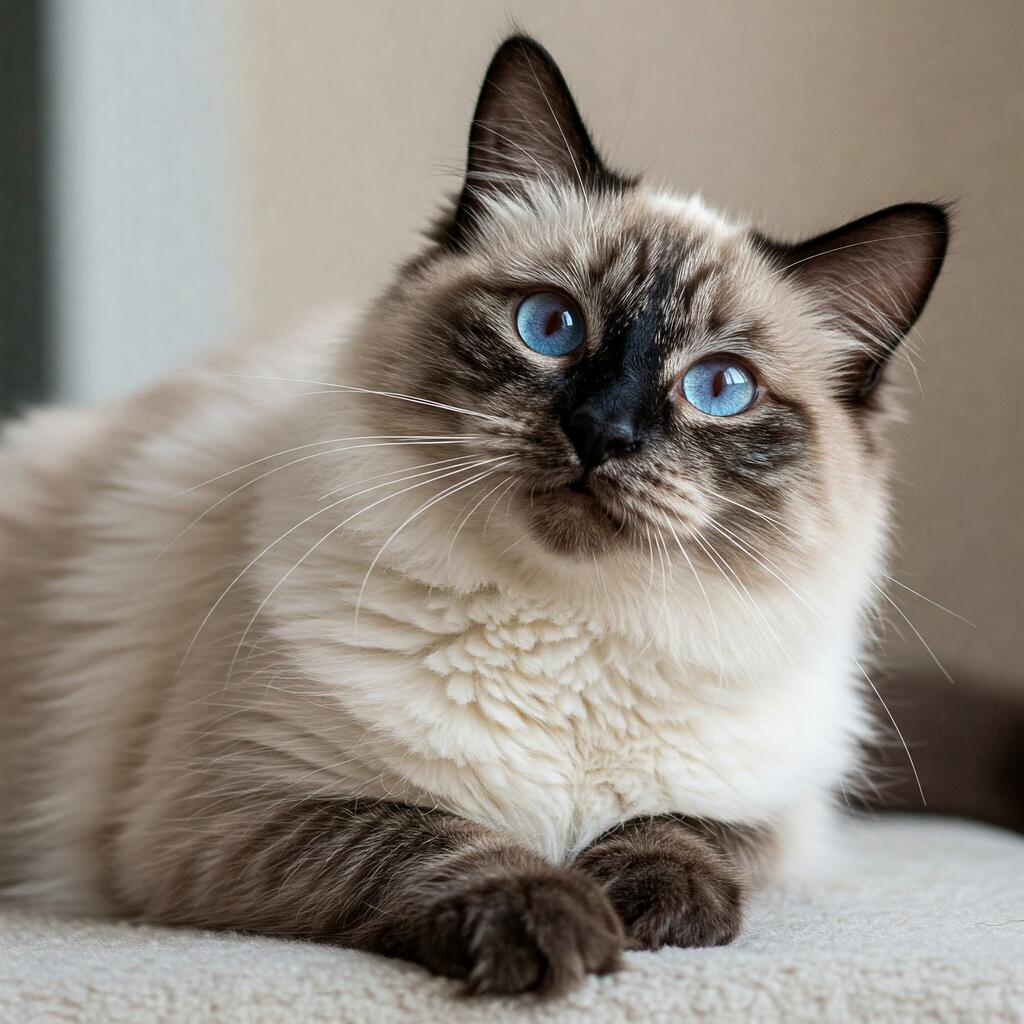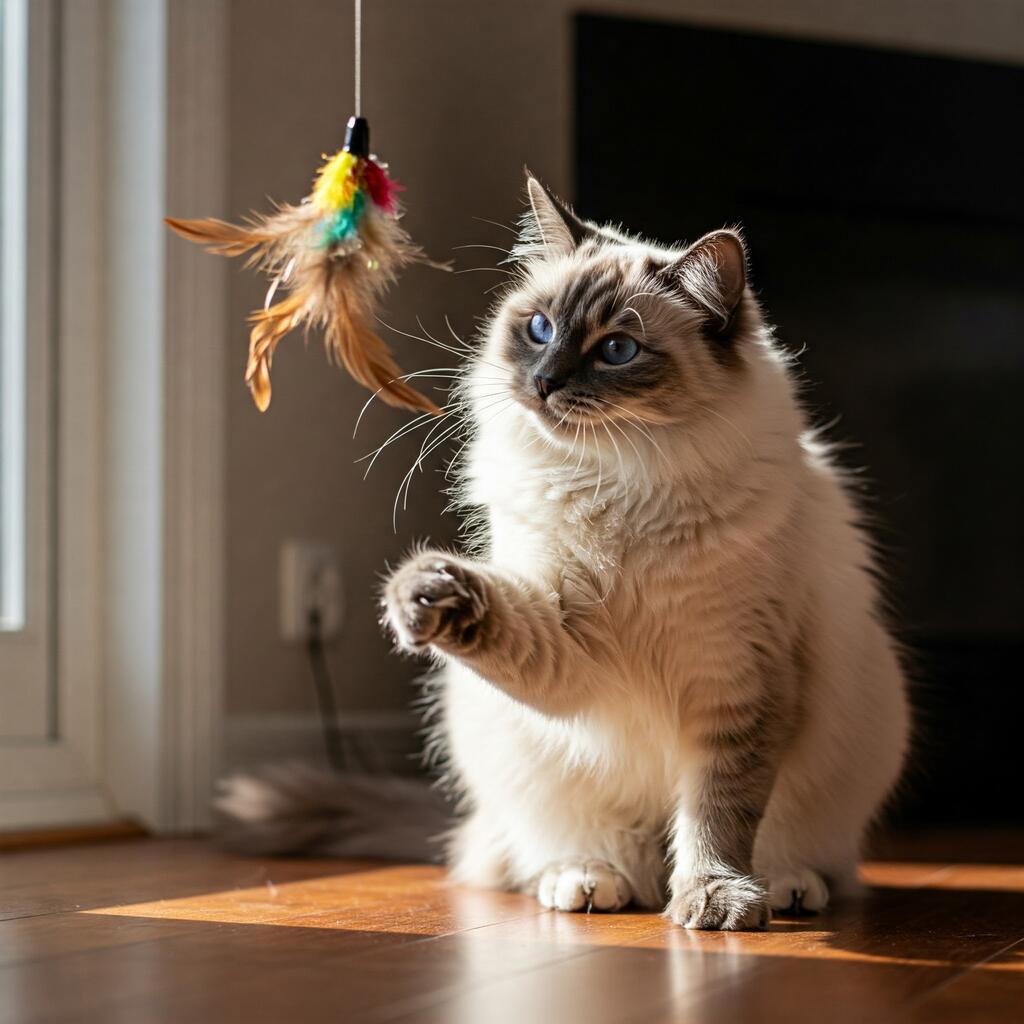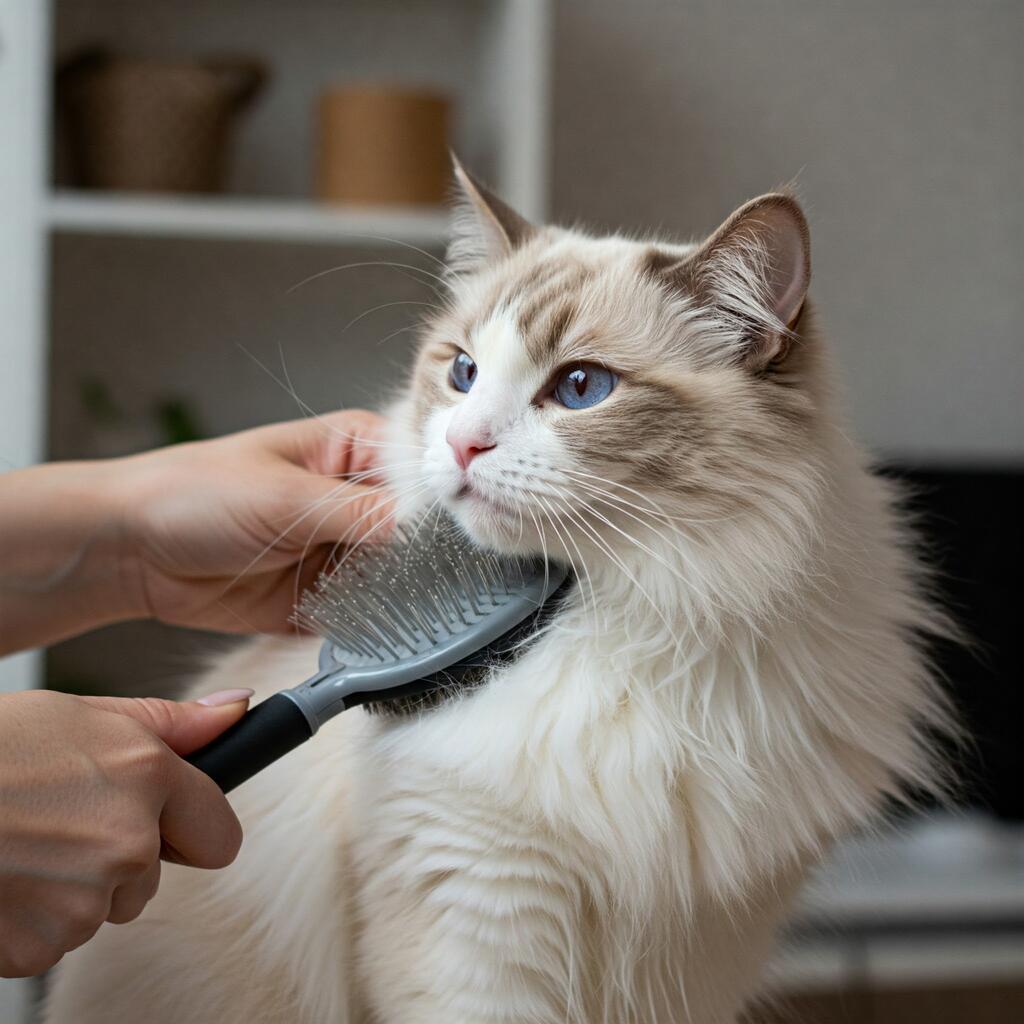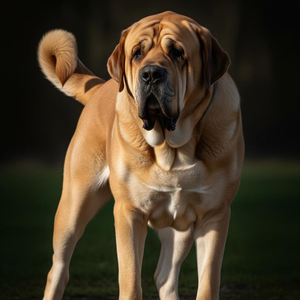
Neva Masquerade Cat: A Detailed Guide for Owners
The Neva Masquerade Cat owes its name to the Russian Neva River that runs through St. Petersburg, where Siberian cats with this colouring were found. In fact, the Neva Masquerade is none other than a Siberian cat with a point-coloured coat, i.e. with lighter extremities and blue eyes.
Its history is therefore intertwined with that of the Siberian cats whose size and very thick coat they have. Its character and natural instincts are in every way the same as those of the classical Siberian.
Long-haired cats have always been part of the domestic cat population in Russia and Siberia, living freely in the forests, whereas in Europe and America until the 19th century they were not known at all. It was not until the late 1990s that we witnessed a real breeding programme for this truly beautiful cat breed.
Character of the Neva Masquerade Cat

However, it has never extinguished its hunter instinct, and has a great need for freedom and independence. It is therefore not the right cat for those who only see it as a flat cat. It needs space to move around, as it is a very active cat, jumping and running around, so a garden or a large terrace put in a safe place is just the thing for it.
The female is a bit more homely, while the male if he manages to escape can stay outside for several days or even never return.
He is intelligent, very curious and quite talkative, in fact he will not hesitate to make loud meows to attract attention. At home it is always present, adopting a human whose faithful companion it will become, but it is also very attached to the family and the territory in which it lives, in fact it is also called a guard cat. Today it is also used in pet therapy.
Appearance of the Neva Masquerade Cat

The body has a heavy and well-developed musculature, the chest is broad and the body is long. The legs are large and very vigorous, the forelegs a little shorter than the hind ones. The thick tail, of medium length, thick at the base, tapers towards the tip.
The head is wedge-shaped with rounded contours and very pronounced cheekbones. The ears are of medium size, covered with hair which also comes out very thickly from the inside, the eyes are oblique, strictly blue and very expressive.
The fur of this cat is very thick and long, in winter the undercoat becomes thicker and water-repellent, so that it can cope with low and humid temperatures. The colour of the fur, as mentioned before, varies from the Siberian cat for the point.
This cat is one of the most hypoallergenic cats. This is due to the fact that it is not the fur itself that causes the allergic reaction but a protein present in the cat's saliva, called FelD1, which the Siberian Neva Masquerade cat produces in such small quantities that it does not cause an allergy.
Care and health of the Neva Masquerade Cat

As far as its diet is concerned, it is a very active cat and always on the move so it is difficult for it to have problems with excess weight, if it can move, however its diet must always be controlled as it tends to eat with an appetite.




